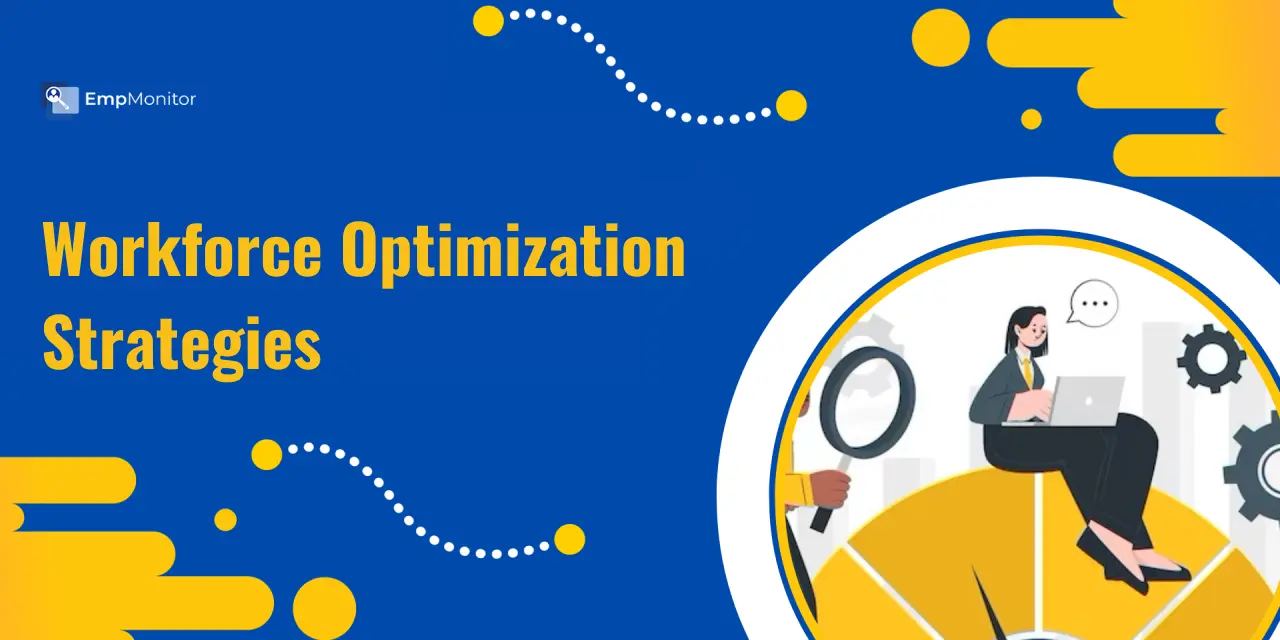Maximizing Team Performance Through Workforce Optimization
Maximizing Team Performance Through Workforce Optimization
Blog Article
5 Workforce Optimization Trends You Can’t Ignore
In the current fiercely competitive business landscape, developing a proper side is more essential than ever. One approach to achieving this really is through data-driven workforce optimization. By leveraging the substantial levels of knowledge now available, businesses can fine-tune their workforce to be more efficient, productive, and aligned with long-term company goals. This approach isn't only for big enterprises; it's similarly valuable for little and medium-sized companies aiming to increase their resources.
Understanding Workforce Optimization
Workforce optimization requires using information analytics to enhance the efficiency and production of employees. By analyzing various metrics such as time administration, performance degrees, and work satisfaction, companies may identify parts for improvement. That data-driven strategy allows for more educated decision-making, ensuring that methods are given efficiently and that employees are positioned for success.
As an example, a company would use worker efficiency information to identify top performers and analyze what sets them apart. This information will then be properly used to develop training applications that help other workers achieve related levels of performance. The main element is by using data to drive continuous development, as opposed to depending on gut emotions or outdated methods.

The Role of Knowledge Analytics
Knowledge analytics plays a essential role in workforce optimization. By obtaining and considering knowledge from numerous places, organizations can get insights into staff efficiency, involvement, and over all productivity. That knowledge can be used to generate detail by detail reports and visualizations that spotlight developments and patterns, making it easier to recognize places for improvement.
As an example, by considering time-tracking information, a business may learn that certain jobs are getting more than expected. These records will then be utilized to streamline processes or give extra teaching to employees. Similarly, knowledge on employee involvement can help recognize factors that subscribe to work satisfaction, allowing organizations to implement changes that increase morale and reduce turnover.
Great things about a Data-Driven Method
Adopting a data-driven method of workforce optimization presents numerous benefits. For starters, it enables companies to make more educated decisions, reducing the danger of expensive mistakes. By basing conclusions on hard data as opposed to intuition, companies can ensure they are allocating sources in the most truly effective way possible.
Still another benefit is increased transparency. When employees realize that choices are increasingly being created predicated on data, they are more likely to trust the process and sense confident in their roles. This can cause to raised quantities of involvement and output, as workers experience appreciated and supported.
Finally, a data-driven method will help organizations keep prior to the competition. By repeatedly tracking and improving workforce efficiency, businesses may adapt to changing industry problems and remain agile in the facial skin of new challenges. That proper advantage could be the huge difference between achievement and disappointment in today's fast-paced company environment.
Useful Tips for Implementing Workforce Optimization
To properly apply workforce optimization , businesses require to begin with a definite plan. This involves placing particular targets and identifying the main element metrics that will be applied to measure success. It is also crucial that you involve employees in the act, as their input provides important ideas and help guarantee buy-in.

Next, businesses need to purchase the right methods and technologies. This could contain time-tracking computer software, efficiency administration methods, and knowledge analytics platforms. By adding these methods, businesses may obtain and analyze data more proficiently, giving a solid foundation for decision-making.
Eventually, it's important to foster a tradition of continuous improvement. This implies frequently researching information and creating modifications as required to ensure workforce optimization efforts are yielding the required results. By keeping committed to this process, organizations can uncover the total potential of their workforce and achieve a proper advantage.
To conclude, data-driven workforce optimization is a powerful tool for achieving strategic success. By leveraging data analytics to enhance employee performance and proposal, companies could make more knowledgeable choices, boost productivity, and remain ahead of the competition. For organizations looking to increase their methods and obtain a competitive side, adopting a data-driven strategy is not merely an option—it is a necessity.
Report this page